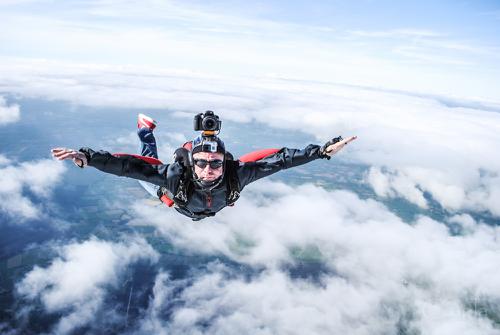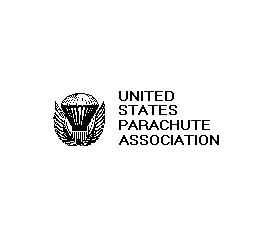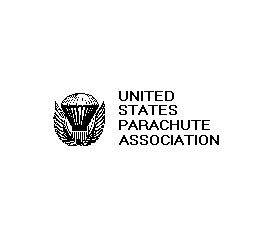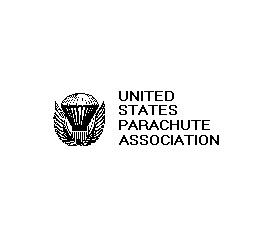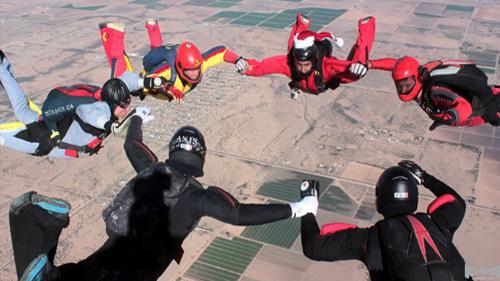Highway To The Dangerzone
Image by Lukasz SzymanskiHeadin' into twilight
Spreadin' out her wings tonight
She got you jumpin' off the deck
And shovin' into overdrive...
When I was learning to wingsuit, I sang it in my helmet. Every time.
True story.
Anyway.
We can all agree that -- in addition to fun, of course -- skydiving is about pushing personal limits and building personal skillsets. We might also agree that skydiving is not necessarily about putting yourself directly in the path of actual mortal danger. There are inherent risks (and, if we’re being honest, we kinda love them), but we don’t love the idea of spending a couple of seasons healing up from a broken pelvis. Right? Right.
There are multiple danger zones in skydiving, and it’s actually something of an autobahn -- in that there are no posted speed limits to reach them. To put it another way: most of them exist as much for brand-new skydivers as well as battle-worn multiple national champions. As a skydiver, it’s important to take these just as seriously, no matter how much of a n00b or dropzone hero you might be.
Danger Zone 1: Meat-Based Collisions
If you’re not flying on proper level with a group, you’re officially in Danger Zone 1. Flying on level keeps you out of the broken-bone zone if a member of the group suddenly corks or prematurely deploys. It keeps you out of pesky burbles, and it helps you keep meaningful awareness of where everybody else is flying around you. Invest in the coaching that will help you get (and stay) on level in formations of any kind.
Also important: don’t just fly on level. Fly on-heading. Off-heading collisions hurt more than same-heading collisions. And never risk a 180-degree collision, even if you’re totally sure there’s nobody on your six -- it’s just not worth it.
Danger Zone 2: Nylon-Based Collisions
Once you’re dangling from your fabric, you have another danger zone to contend with: potentially crowded skies. According to the USPA, the most likely moments you’ll veer into oopsie territory here are:
a) right after deployment and
b) after entering the pattern.
Instead of putting yourself in a place where you’re nimbly avoiding (or tragically not-avoiding) other jumpers at close quarters, be smart about it. Break off from other jumpers with room to spare. Create horizontal and vertical distance from everybody else in the sky (including the guy who’s almost certainly lurking behind you). Finally, keep your head on a swivel -- especially during that troublesome base-to-final bit, where everybody will be trying their best to kill you.
Danger Zone 3: The Basement
The basement is the biggest, baddest danger zone there is. It is, after all, where the ground lives. The ground is a monster that’s just waiting for you to stop paying attention because it wants to eat you.
You’re going to enter this danger zone every time -- there’s no avoiding it. When you do enter it, you’re going to want to be under a canopy you’re controlling, over a landable bit of dirt, with a plan that accommodates as few obstacles as possible. This means that you must get that first canopy out at an altitude at which a second canopy is an option. It means that you must make sure that your equipment is maintained to prevent preemie brake releases. It means that you must either avoid or manage the hell out of low turns. And it means you’re going to need to know how to land that thing in water.
The ground is waiting for you to make a mistake -- and it’s hungry.
So, if you happen to be on the highway to the danger zone, try taking the next exit. Most people will indeed say hello to you, even if you never get it on the red line overload.
I promise.
By nettenette, in General,

